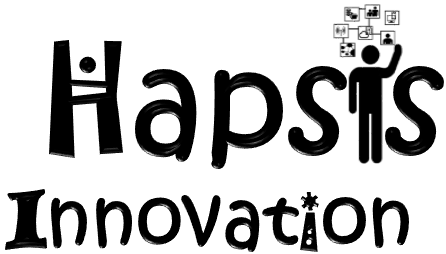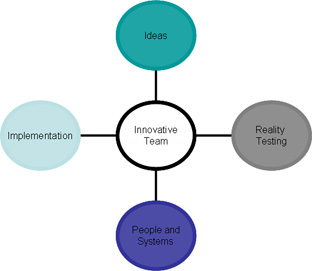Trying to change organisational culture can be messy and ineffective, as a large part of it is about changing attitudes and values, so focusing on some of the practical aspects can help to find a way forward.
Key elements that influence culture include vision, leadership message, processes and structures, skills and learning. Each is a complex topic in its own right but a few key issues are highlighted below:
Vision
A vision needs to get the message across that innovation is what you want and that it’s important, but the vision needs to also be compelling and exciting, so everyone in the organisation wants to be a part of it. A vision that captures innovation is fast becoming a major source of image and reputation for organisations.
Leadership Message
Not just the vision, but what you say day to day needs to reinforce the importance of innovation and that it is valued. All too often careless words can undermine the vision and reinforce beliefs that it is just talk.
Management Behaviour
Encourage ideas even in routine meetings and give positive feedback, let other staff know that it is safe to suggest new things. Seek diversity of opinion and input from unexpected sources.
Processes and Structures
Back up what you say with what people are allowed or encouraged to do, make the rules fit the vision, remove barriers and demotivators. For example:
- Autonomy and flexibility to enable experimentation
- Job descriptions should formally include responsibilities linking to innovation
- Performance associated with innovation should be rewarded, and be very careful with penalising failure – risk taking and failure is an essential part of experimentation and innovation, but people need clear boundaries and expectations.
- ‘Rewards’ should appreciate intrinsic motivators (ie not just bonuses and financial rewards), and reinforce innovative behaviour (eg increased autonomy as a reward?)
Skills and Learning
Seek out and recognise creativity where it already exists – and it may be in unexpected places or take unusual forms.
Help people develop their creativity, challenge their preconceptions and those of others, question assumptions and know that it is safe to do so.
Understand how creative teams function effectively – combining different characteristics of generating and testing ideas, from different people who understand and value each other’s contribution


